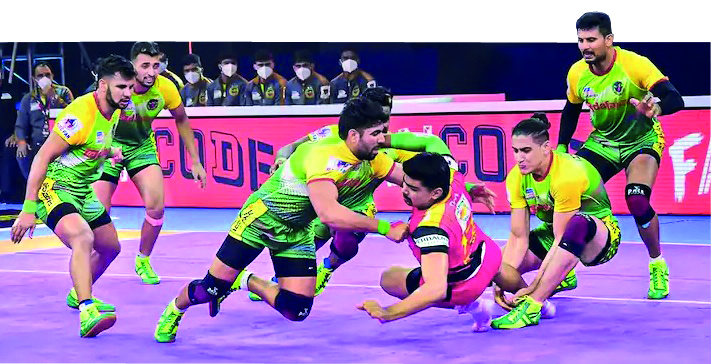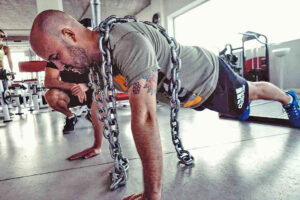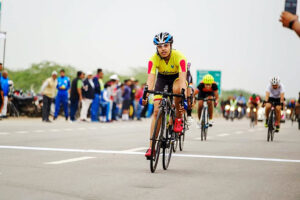In Kabaddi, there are very high chances of injury. It is a contact sport in every sense of the term, where one team member has to raid the opponent territory and the defenders have to stop the raider from getting back to the midline. The game process often involves physical violence. Explosive bursts such as shooting, jumping, tackling, sprinting and pace-changing occur during a kabbadi match. It is a team sport that demands high agility, strength and speed, jumps and endurance. As an intense physical sport, fitness and stamina of a player is very important.
One of the fundamental skills in Kabaddi is the ability to tackle the raiders, without stepping outside their team’s zone. The defenders often hold hands and use a suite of specific, fundamental Kabaddi defensive skills. One of such skills is the Ankle hold. It is an invaluable counter skill because the tight grip interferes with the raider’s balance and his ability to continuously chant “Kabaddi!” (if the raider stops even for 1 sec, he is out of the game.)
Injuries Involved
Kabaddi is a contact team sports, it includes various types of tackles and collisions so the players are more prone to injury.
Typical injuries include:
- Knee injuries (ACL and meniscus injuries)
- Shoulder injuries (dislocation and rotator cuff injury)
- Hamstring and groin muscle pull/strain
- Ankle sprains
Reducing the risk of injury
Talking about injury prevention, it is impossible to rescue the athlete from injury in a contact game like kabaddi. But injury risk reduction is possible. The risk impact of the injuries can be reduced with prehabilitation, specific strength and conditioning programs.
Prehabilitation decreases the risk of injury. It is quite possible that improvement of strength, flexibility and motor control in the areas most vulnerable to injuries can prevent the player from getting hurt. It has the potential to reduce injuries in sports involving tackling and collision. Prehab targets specific things that might consider a player at risk of injury. It can work on smaller muscles and more specific movements. It helps to keep injuries at bay and can make a player better version of themselves. When injuries are fewer, performances are even better.
Sports medicine doctors and Sports physiotherapists can conduct a tailor-made injury risk assessment. They assess the biomechanics and the weaknesses that might keep a player at high risk of injuries and subsequently suggest an exercise program to correct it. For instance, ACL tears are common when quadriceps muscles are stronger than hamstring and glutes. Exercises to build the weak muscles and balance strength between the front and back of legs can prevent the player from ACL. Knee injuries can be prevented by changing body’s position such as balance, coordination, speed, reflexes and strength. Another common injury in kabaddi is a sprained or twisted ankle due to a lack of proper stability and proprioception. Stability, Strength and Proprioception exercises can be added. There are no specific prehab programs. Recommendations are based on an individual’s body and specific sport.
AGILITY AND SPEED TRAINING
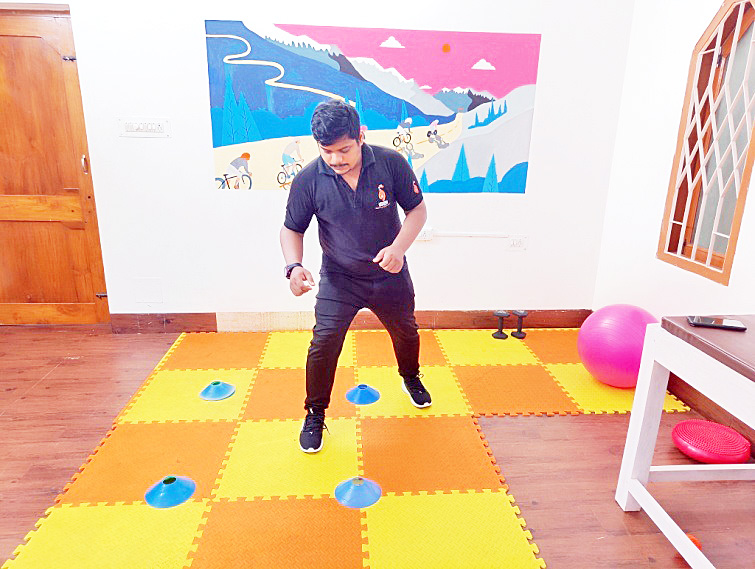
locomotion basic drill)
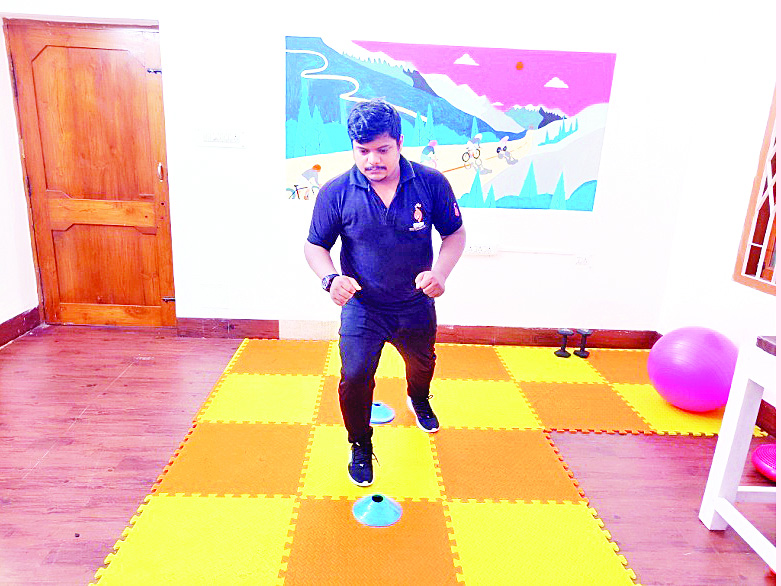
Duration: 10 times for 30sec (2 sets)
PROPRIOCEPTION AND STRENGTH TRAINING
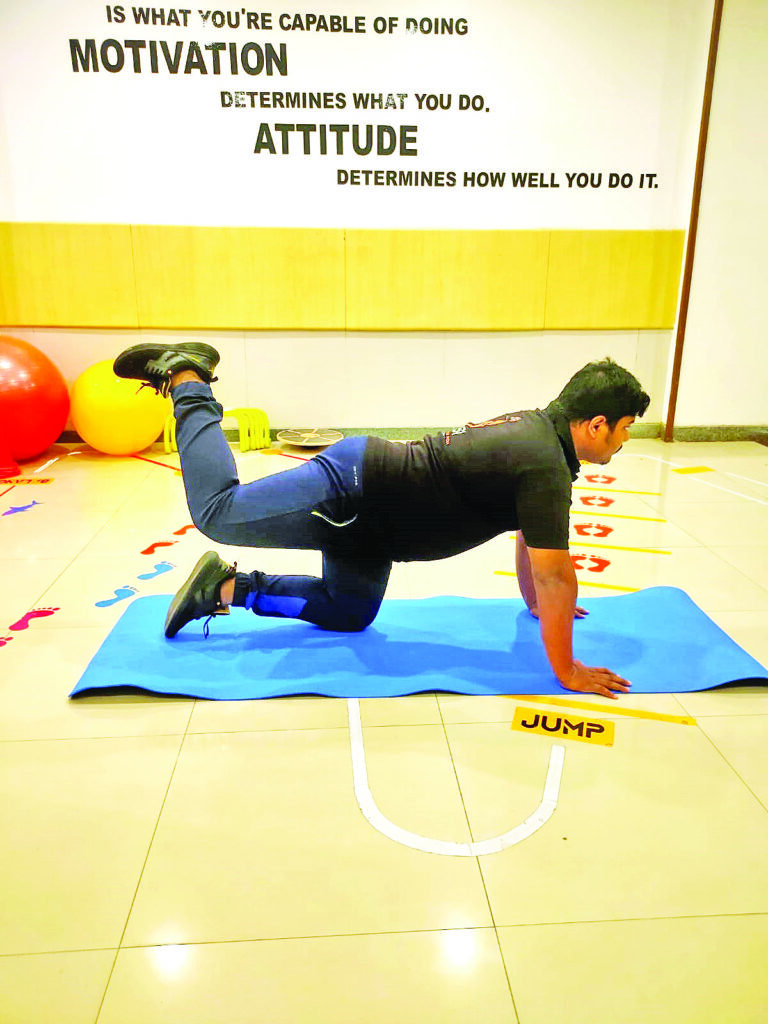
extension-Donkey kicks)
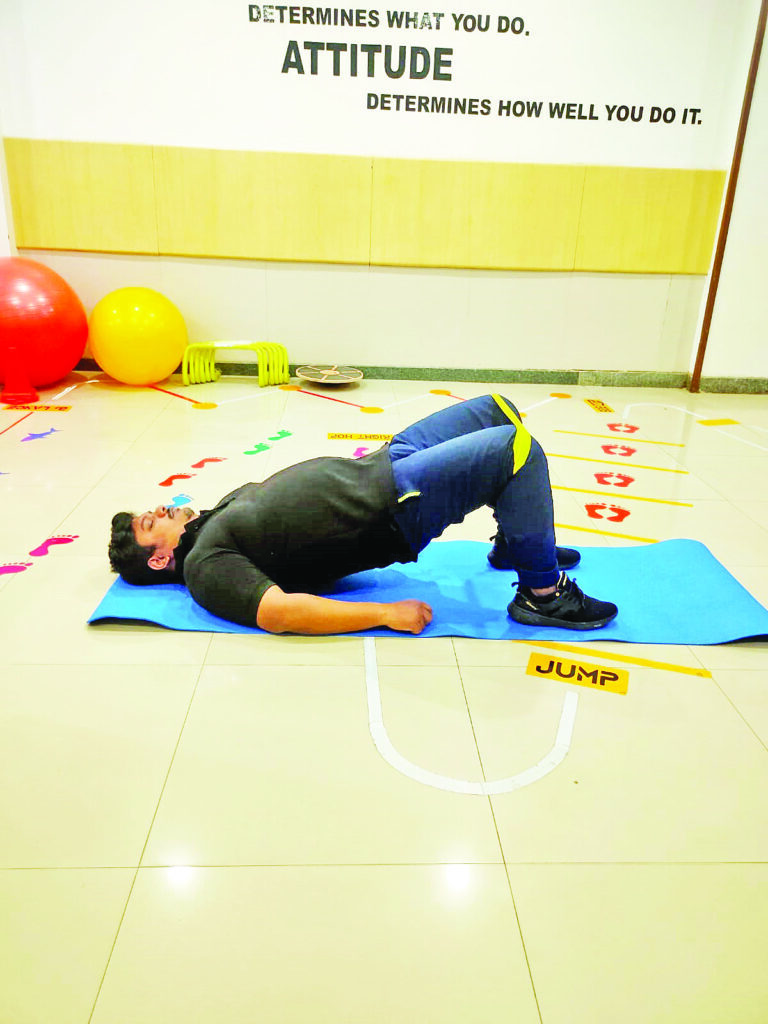
glute bridge)
Duration: 10 times hold for 15 sec (2 sets)

